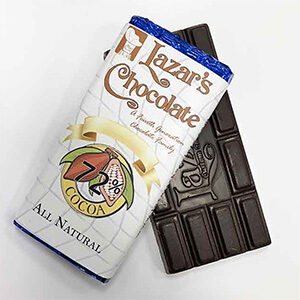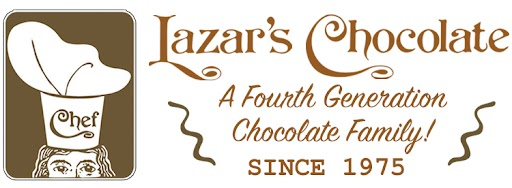 Here’s an overview of the differences between milk, dark, and white chocolate:
Here’s an overview of the differences between milk, dark, and white chocolate:
1. Milk Chocolate
- Ingredients: Made with cocoa solids, cocoa butter, milk powder or condensed milk, and sugar.
- Flavor: Sweet and creamy, with a mild chocolate flavor due to the lower percentage of cocoa solids (typically 10-40%).
- Texture: Smooth and melts easily due to the presence of milk fats.
- Uses: Popular in candy bars, desserts, and baking. It’s a versatile chocolate that appeals to most palates.
2. Dark Chocolate
- Ingredients: Contains cocoa solids, cocoa butter, and sugar, but no milk solids. The cocoa content typically ranges from 50-90%.
- Flavor: Rich, intense, and more bitter than milk chocolate, with less sweetness.
- Texture: Firm and less creamy, though high-quality dark chocolate can still have a smooth mouthfeel.
- Health Benefits: Higher cocoa content means more antioxidants and flavonoids, which are linked to various health benefits such as improved heart health.
- Uses: Common in baking, gourmet desserts, and as a standalone treat for those who enjoy its bold taste.
3. White Chocolate
- Ingredients: Made with cocoa butter, milk solids, sugar, and often vanilla, but no cocoa solids.
- Flavor: Sweet, creamy, and rich, with no “chocolate” taste since it lacks cocoa solids.
- Texture: Extremely smooth and rich due to the high-fat content of cocoa butter.
- Uses: Used in desserts, baking, and confections. Its sweetness and creamy texture pair well with fruit and nuts


Recent Comments